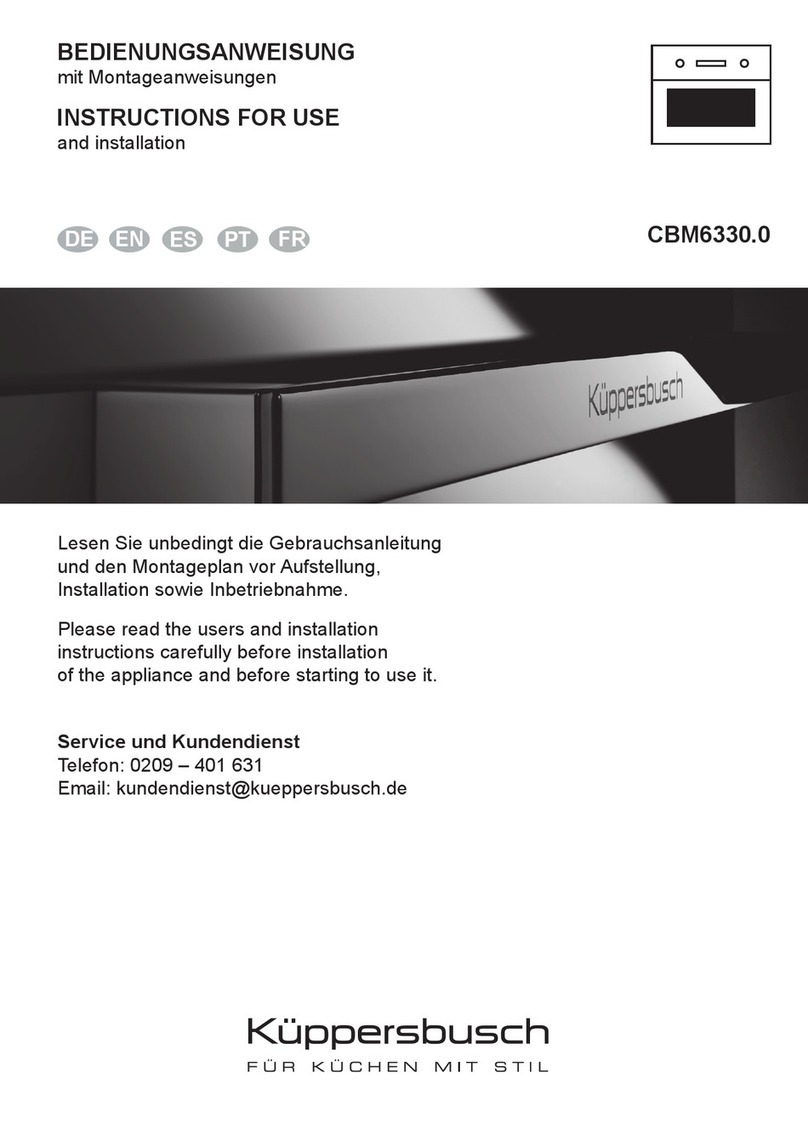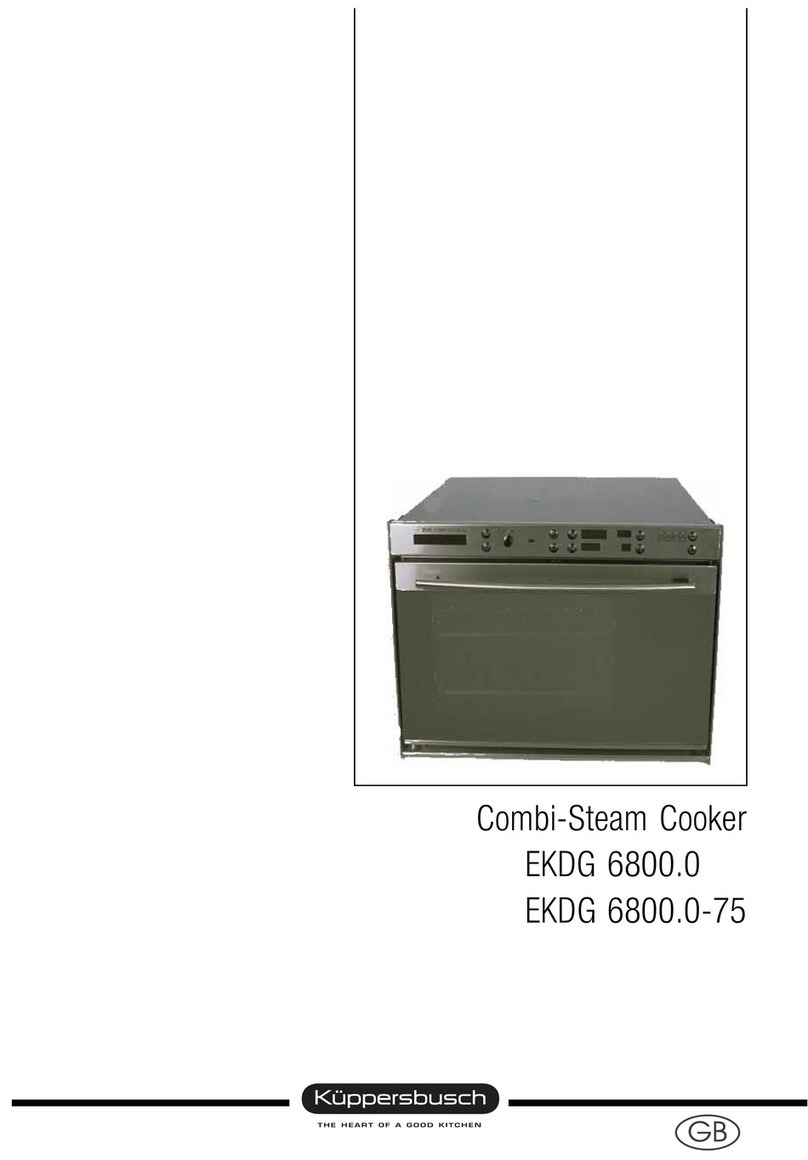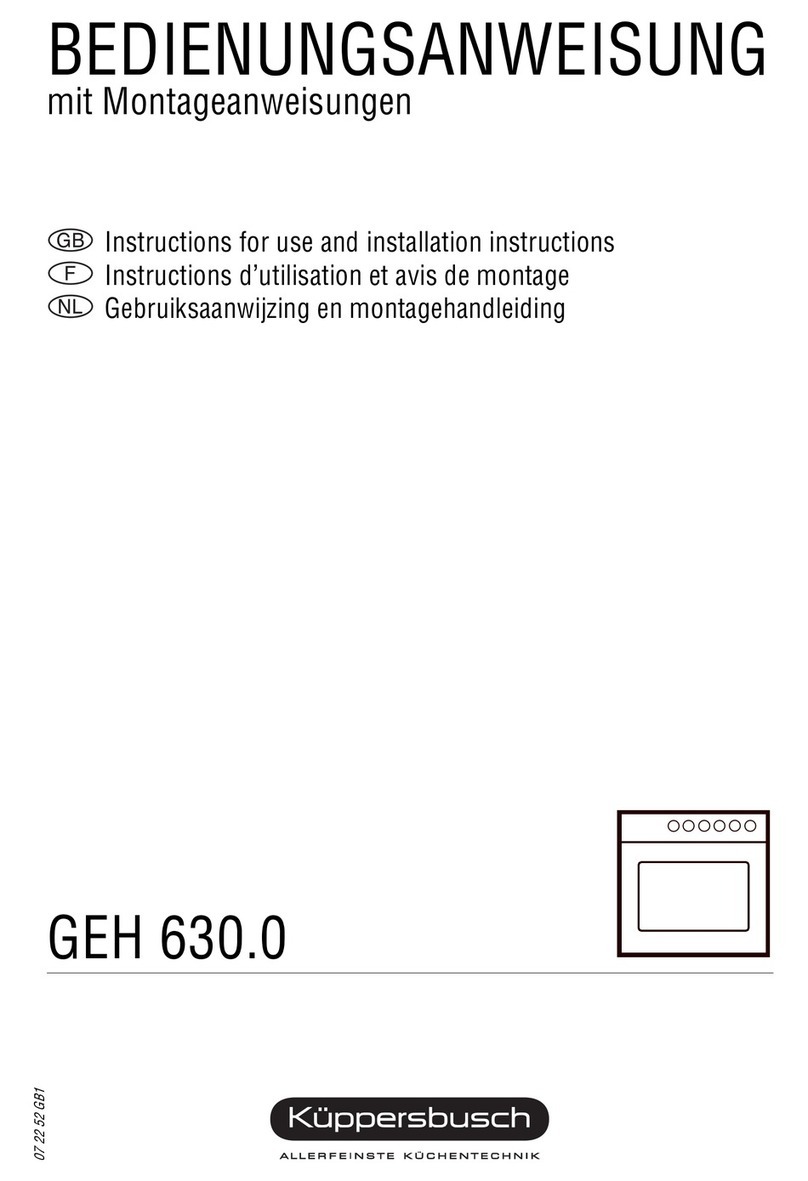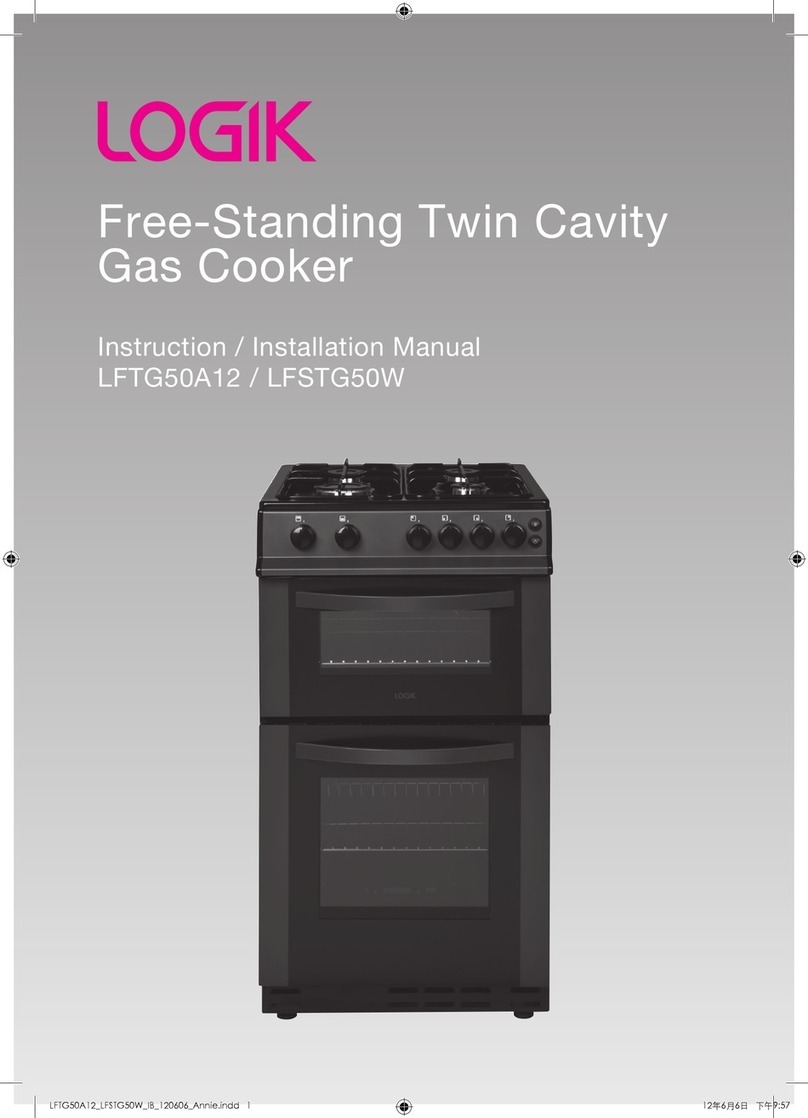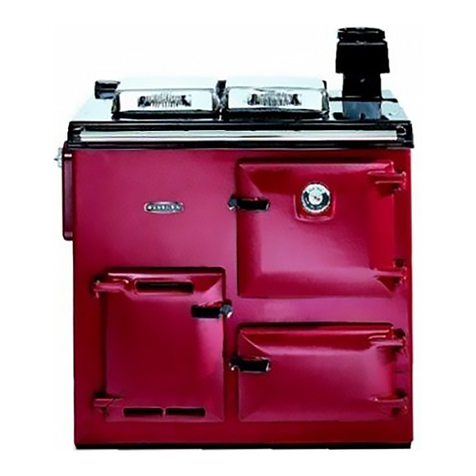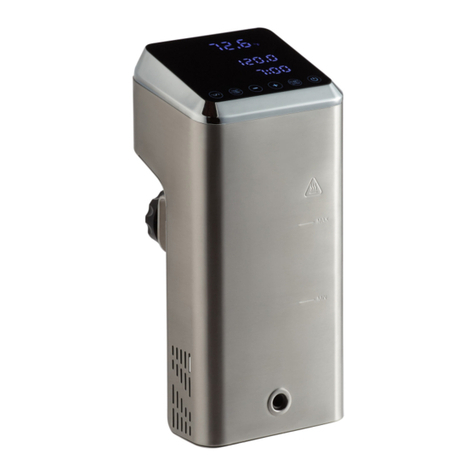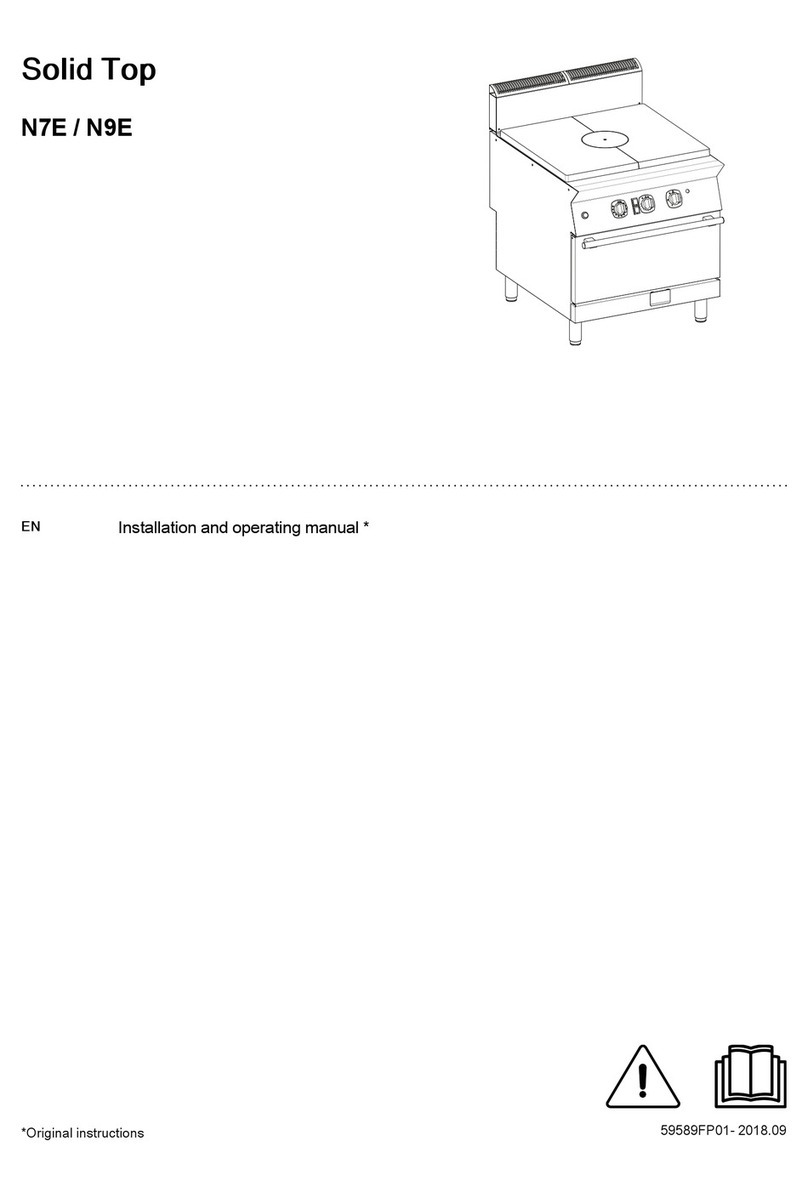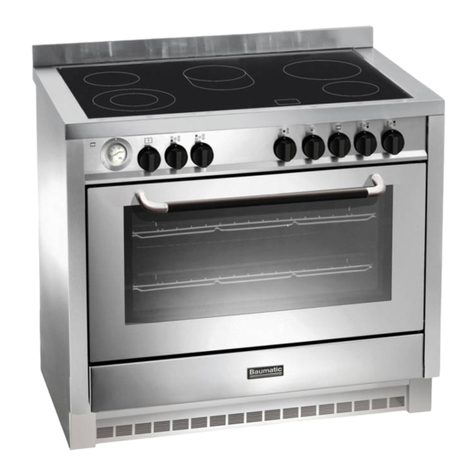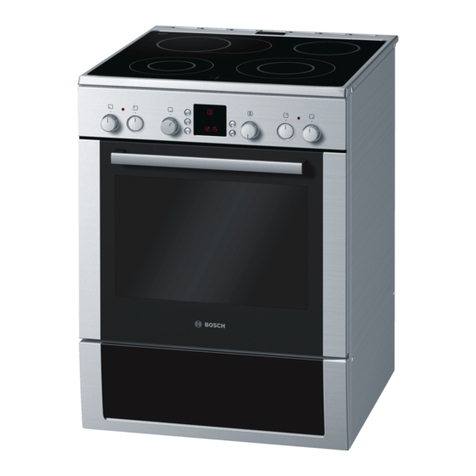
Contents
1. Your appliance at a glance ...........................................................................................................4
1.1 GH 606.0 E............................................................................................................................4
1.2 GH 506.0 E............................................................................................................................5
1.3 GH 505.0 E............................................................................................................................6
1.4 GKH 507.0 E .........................................................................................................................7
2. The individual functions ..............................................................................................................8
2.1 GH 505.0 E............................................................................................................................8
2.2 GH 505.0 E / GH 606.0 E......................................................................................................9
2.3 GKH 507.0 E .......................................................................................................................12
3. Appliance connection and first use 14
3.1 Gas connection ...................................................................................................................14
3.2 Operation at different setting ..............................................................................................14
3.3 First use ..............................................................................................................................14
3.4 Checking the heat load for LPG .........................................................................................15
3.5 Checking the supply lines ...................................................................................................15
3.6 Functional check ...............................................................................................................15
3.7 Installing the appliance .......................................................................................................15
4. General technical information ..................................................................................................16
5. Injector tables ..............................................................................................................................18
6. Changing and setting the burner injectors ............................................................................ 19
6.1 Cooking zone burners .........................................................................................................19
6.2 Regulating the primary air ..................................................................................................19
6.3 Adjusting the low-setting screws ........................................................................................20
6.4 Oven burner .......................................................................................................................20
6.5 Grill burner .........................................................................................................................23
7. Dismantling the housing parts...................................................................................................21
8. Dismantling the parts..................................................................................................................23
8.1 Oven door ..........................................................................................................................23
8.2 Oven internals ................................................................................................................23
8.3 Gas fittings...........................................................................................................................24
8.4 Electric spark ignition...........................................................................................................26
8.5 Electric oven ......................................................................................................................27
9. Wiring diagrams ..........................................................................................................................29
Technical manual GH 606.0 E/GH 506.0 E/GH 505.0 E/GKH 507.0 E 3
For internal use only



